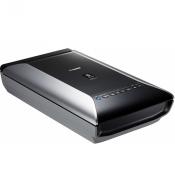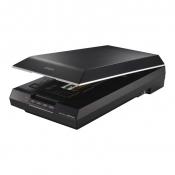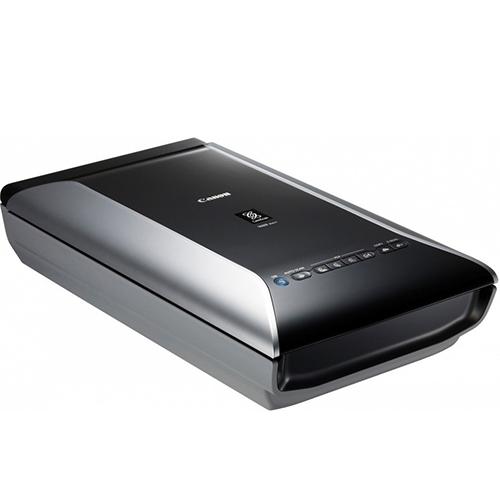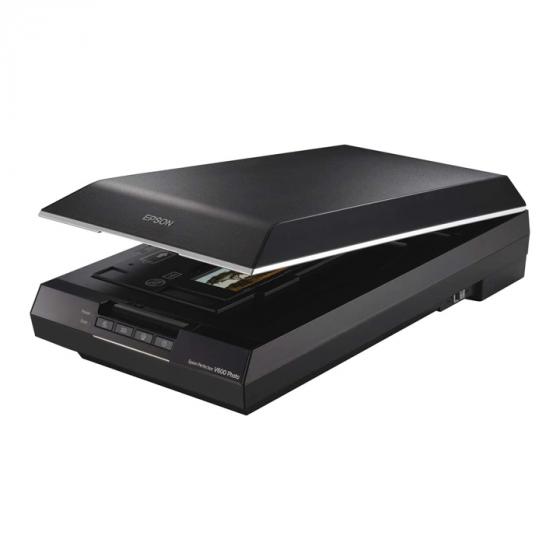Product Comparison: Canon CanoScan 9000F MKII vs Epson Perfection V600
This site is a free online resource that strives to offer helpful content and comparison features to its visitors. Please be advised that the operator of this site accepts advertising compensation from certain companies that appear on the site, and such compensation impacts the location and order in which the companies (and/or their products) are presented, and in some cases may also impact the scoring that is assigned to them. The scoring that appears on this site is determined by the site operator in its sole discretion, and should NOT be relied upon for accuracy purposes. In fact, Company/product listings on this page DO NOT imply endorsement by the site operator. Except as expressly set forth in our Terms of Use, all representations and warranties regarding the information presented on this page are disclaimed. The information which appears on this site is subject to change at any time. More info


- Fast, quiet, and at high resolution with quality. And with the three negative / positive film trays I've scanned those for the 1st time & the SW divides up the negative and numbers without a problem.
- You can pick resolutions where you swap out slides almost as fast as you can close the lid, and resolutions where it takes 20 minutes to process a batch.
- It's cheaper than the V600 and I believe has just as much, if not more, resolution.
- Very quiet, fast operation, with high color resolution.
- At a 4800 dpi setting it takes about 5 minutes to do four slides/ The results are quite good and with my old scanner it took that long to do one slide with lower resolution.
- Plus, this Epson also scans paper photographic prints because it's a flatbed.
- I've owned a dozen different flatbed scanners and a couple of film scanners. You might be able to get better results from a more expensive scanner, but for the money this Epson V600 is tough to beat. Highly recommended.
- First, this unit does a superb job of scanning both slides and film, so that part worked out very well. At first, I scanned at 4800 dpi, but after a bit, realized that 3600 dpi was more than enough resolution for most pictures.
- If you want to start going to the max resolution you are going to spend a fantastic amount of time waiting because the scans get very slow very quickly much above the 2400 DPI setting.
- I have experimented with many different scanning resolutions and found the same thing others did, that if you scan at very high resolutions like 9600 or above and save the files as TIFF, you get a huge file that is high res.














- The image quality is better than my Epson Perfection 3170 Photo Scanner. You can set the each button on the scanner to auto scan in 5 different way without ever opening any application
- The quality of the scans is excellent; i mean really extremely good.
- The speed is far faster than my earlier scanners. The LEDs allow the scan to begin very quickly, without the pause that my earlier scanners had. The speed of the actual scan is faster than my others. Speed has always been one of the problems with earlier scanners
- I can set the dpi very high and get a very detailed scan. I am using this to scan some of my antique Lenormand decks from the 1800's and it is doing a very nice job and showing great detail and quality.
- The cropping isn't as good as my Epson Perfection 3170 Photo Scanner. When it auto-scan, it cut-off edges of your image or document.
- This scanner is a fantastic deal and worth more than they sell it for.
- Here's the deal. I run a professional darkroom and print lab. This scanner does a great job at scanning 35mm and 120 film. Scans look great, have excellent detail, you can easily make a 40" print from one frame of 120 film.
- The main things I'm scanning is 35mm negatives and 35mm slides and boy do I have a lot of them!!! I only scan prints if I don't have the negative or slide for them.
- First, this unit does a superb job of scanning both slides and film, so that part worked out very well. At first, I scanned at 4800 dpi, but after a bit, realized that 3600 dpi was more than enough resolution for most pictures.
- This scanner produces blurry images from negatives. I had been using my ten year old Epson 2450 scanner which was doing a great job scanning prints and negatives.
- ScanGear (or IJ Utility included within the Canon Driver package) are useful and apparently adequate. ScanGear's Advanced menu without thumbnails appears to be very similar to Linux XSane with having a few additional customizations.
- Scanner seems very light weight, and I like the inside cover unique insertion, and can be easily removed for scanning negative/positive media.
- Power management is another huge plus. I always hated seeing my older scanner filament lights always powered on.
- The software has some basic image enhancement/manipulation controls so you can correct things like overexposure, granularity, scratches, fading, luminosity, balance, etc. I am not a pro and for me this was sufficient to correct most common issues with old pictures.
- The connection is USB2.0, i would have liked to see USB3.0.
- The scanner comes with some accessories to scan negatives and slides. This is quite cool however it takes FOREVER to scan a single strip of negatives. By forever I mean a good 3-4 minutes at 4000 dpi or more.
- It is huge... much bigger than I realized it would be.
- Don't get too worked up by the negative reviews calling the Epson Scan software "junk." It isn't. I read enough of the other reviews to convince me to download a copy of Vuescan and try it out right away.
- I have since solved the issue of it crashing. Somehow the software set itself for compatibility to Windows Vista. I've switched it back to Windows 10 and it has been running smooth like it should be. Hope that might help some people.
- The problem is the software. If you don't babysit the "Epson Scan" software while it scans each frame, it won't run in the background.
- While we are on the subject of things the v600 doesn't like, add in USB hubs. You want to connect this scanner directly to your computer; no USB hub in the middle.
- The software does not seem to work on a Linux system under Wine. That being the case, I did not connect it to my Linux computers.
Price History
Popular Comparisons
























